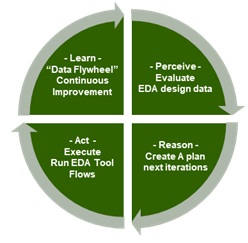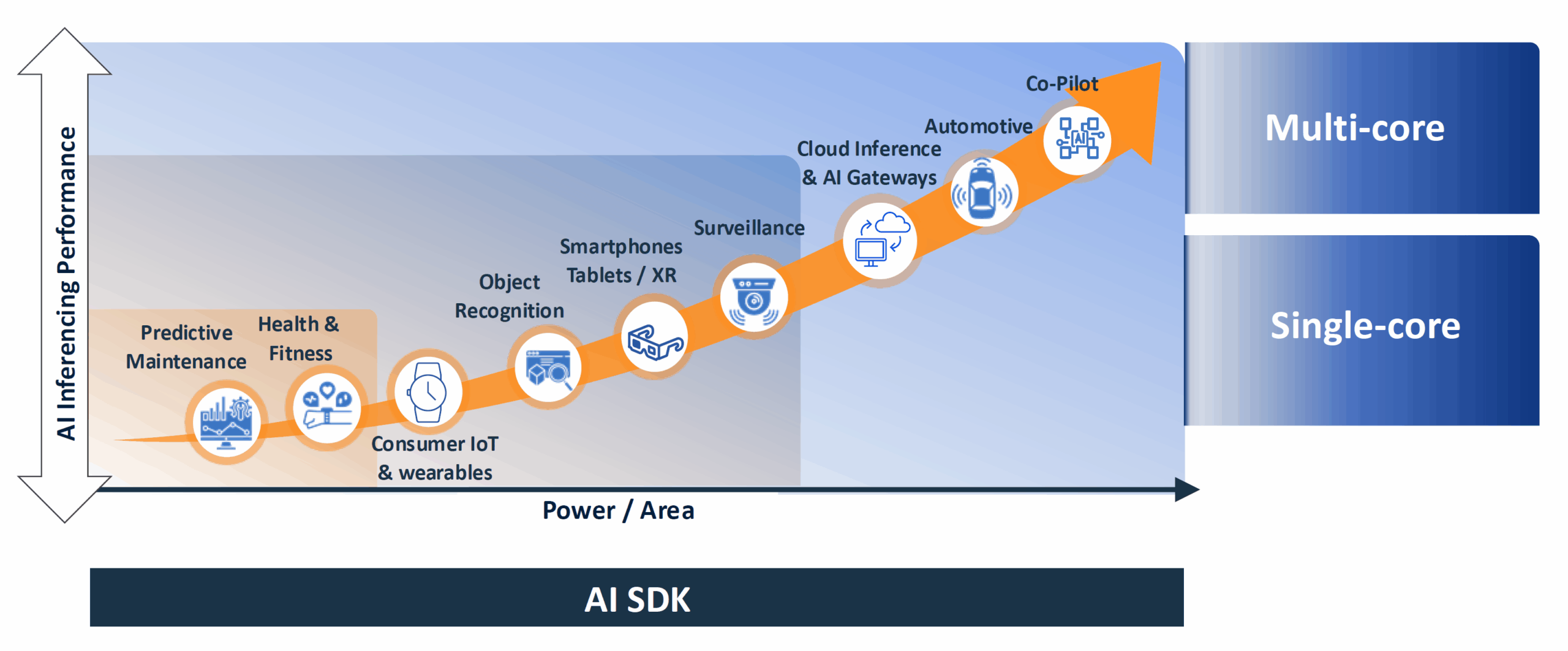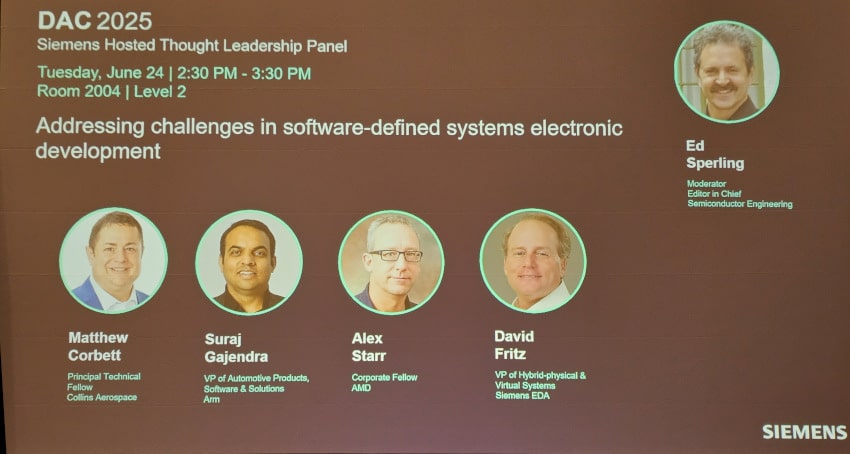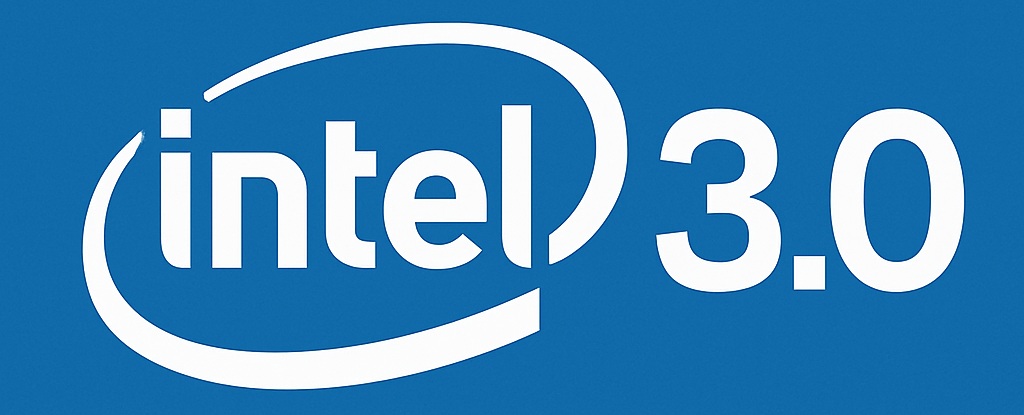The first AI Generated Open-Source Silicon Design Challenge invited participants to use generative AI to design an open-source silicon chip and tape it out in just three weeks. The contestants were required to create Verilog code from natural language prompts, and then implemented their designs using the chipIgnite platform… Read More
 Agentic AI and the EDA Revolution: Why Data Mobility, Security, and Availability Matter More Than EverThe EDA (Electronic Design Automation) and semiconductor industries…Read More
Agentic AI and the EDA Revolution: Why Data Mobility, Security, and Availability Matter More Than EverThe EDA (Electronic Design Automation) and semiconductor industries…Read More WEBINAR: What It Really Takes to Build a Future-Proof AI Architecture?Keeping up with competitors in many computing applications…Read More
WEBINAR: What It Really Takes to Build a Future-Proof AI Architecture?Keeping up with competitors in many computing applications…Read More Software-defined Systems at #62DACModern EVs are prime examples of software-defined systems,…Read More
Software-defined Systems at #62DACModern EVs are prime examples of software-defined systems,…Read MoreOptimism Prevailed at CEO Outlook, though Downturn Could Bring Unpredictable Challenges
Chances are anyone who attended the CEO Outlook will say it was an engaging, entertaining and enlightening view of the chip design space, though CEO Outlook may be a misnomer as four of the seven panelists had C-Suite titles other than CEO.
Regardless, the collective view was optimistic, though caution prevailed as the economic… Read More
Tensilica Processor Cores Enable Sensor Fusion For Robust Perception
While sensor-based control and activation systems have been around for several decades, the development and integration of sensors into control systems have significantly evolved over time. Early sensor-based control systems utilized basic sensing elements like switches, potentiometers and pressure sensors and were … Read More
Intel Internal Foundry Model Webinar
Intel held a webinar today to discuss their IDM2.0 internal foundry model. On the call were Dave Zinsner Executive Vice President and Chief Financial Officer and Jason Grebe Corporate Vice President and General Manager of the Corporate Planning Group.
On a humorous note, the person moderating the attendee questions sounded … Read More
The Updated Legacy of Intel CEOs
(First published December 24, 2014)
A list of the best and worst CEOs in 2014 was recently published. The good news is that none of our semiconductor CEOs were on the worst list. The bad news is that none of our semiconductor CEOs were on the best list either. I will be writing about the CEOs that made our industry what it is today starting… Read More
Managing Service Level Risk in SoC Design
Discussion on design metrics tends to revolve around power, performance, safety, and security. All of these are important, but there is an additional performance objective a product must meet defined by a minimum service level agreement (SLA). A printer display may work fine most of the time yet will intermittently corrupt the… Read More
DDR5 Design Approach with Clocked Receivers
At the DesignCon 2023 event this year there was a presentation by Micron all about DDR5 design challenges like the need for a Decision Feedback Equalizer (DFE) inside the DRAM. Siemens EDA and Micron teamed up to write a detailed 25 page white paper on the topic, and I was able to glean the top points for this much shorter blog. The DDR5… Read More
Synopsys Expands Agreement with Samsung Foundry to Increase IP Footprint
Many credible market analysis firms are predicting the semiconductor market to reach the trillion dollar mark over the next six years or so. Just compare this to the more than six decades it took for the market to cross the $500 billion mark. The projected growth rate is incredible indeed and is driven by fast growing market segments… Read More
Keynote Sneak Peek: Ansys CEO Ajei Gopal at Samsung SAFE Forum 2023
As one of the world’s leading chip foundries, Samsung occupies a vital position in the semiconductor value chain. The annual Samsung Advanced Foundry Ecosystem (SAFE™) Forum is a must-go event for semiconductor and electronic design automation (EDA) professionals. Ajei Gopal, President and CEO of Ansys, has the honor of delivering… Read More
Application-Specific Lithography: 28 nm Pitch Two-Dimensional Routing
Current 1a-DRAM and 5/4nm foundry nodes have minimum pitches in the 28 nm pitch range. The actual 28 nm pitch patterns are one-dimensional active area fins (for both DRAM and foundry) as well as one-dimensional lower metal lines (in the case of foundry). One can imagine that, for a two-dimensional routing pattern, both horizontal… Read More













Should Intel be Split in Half?